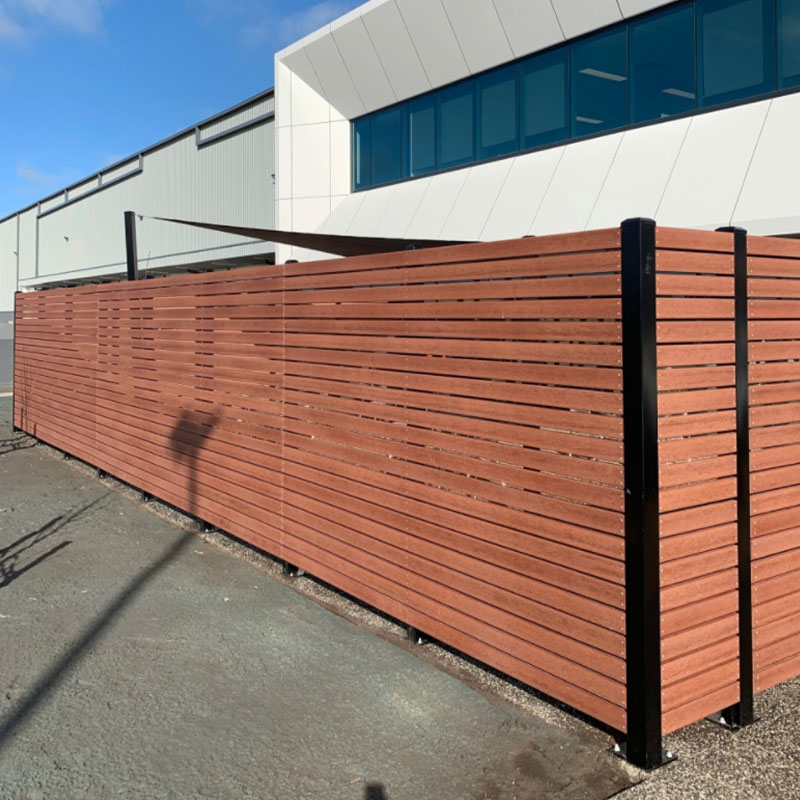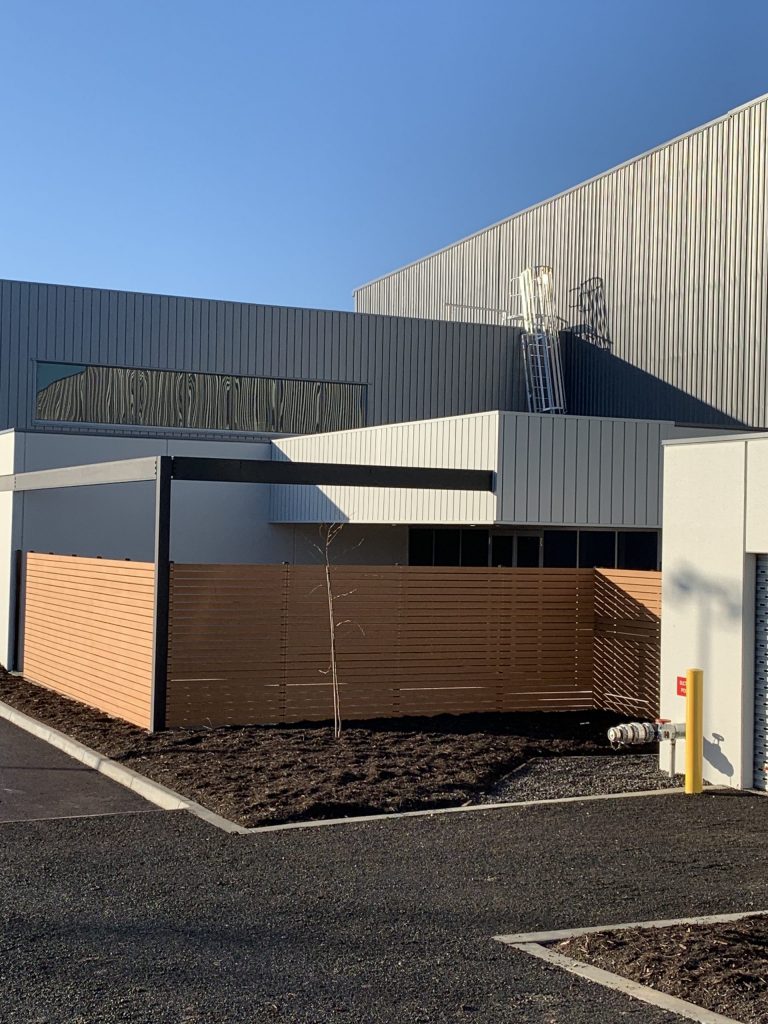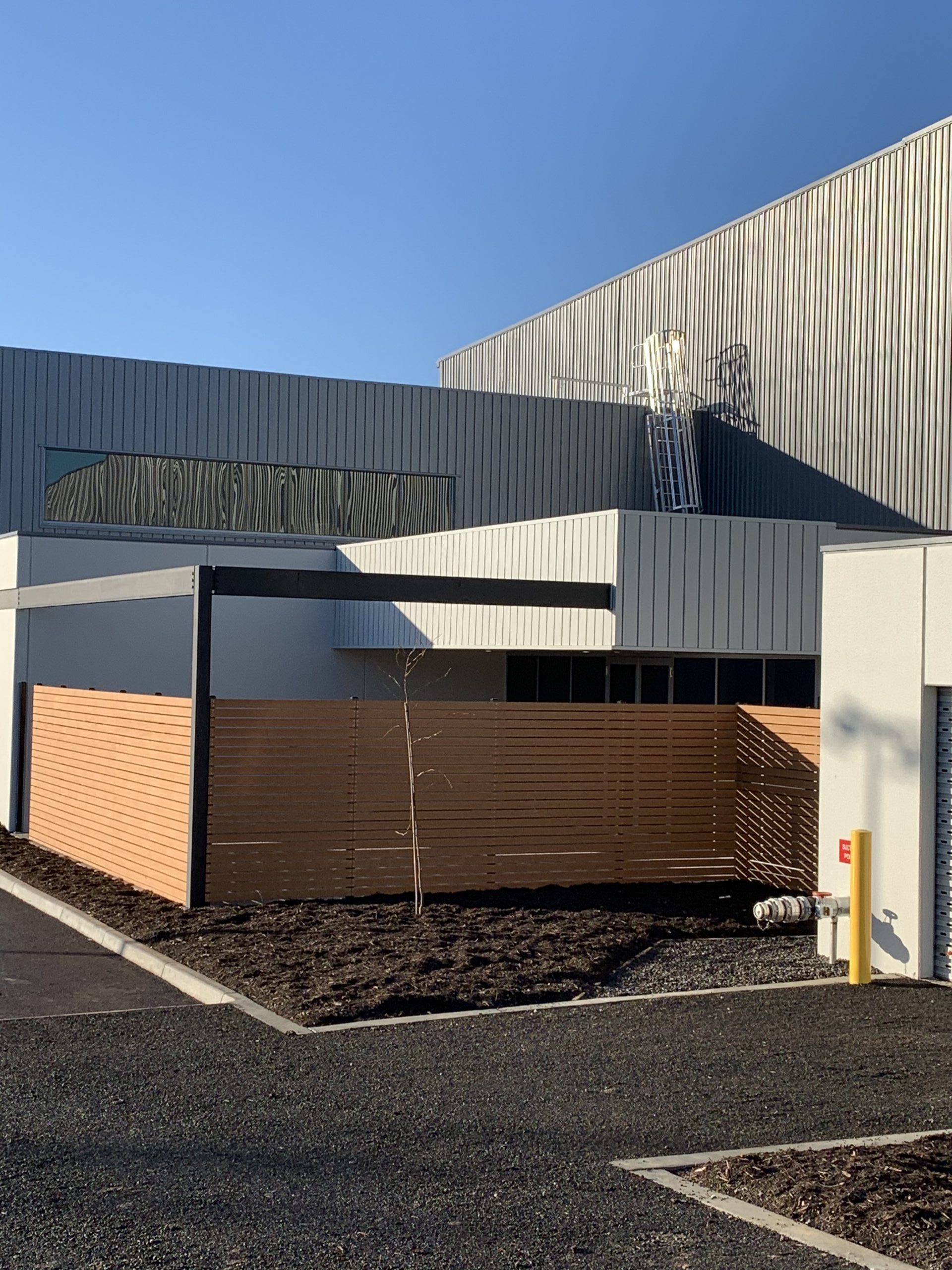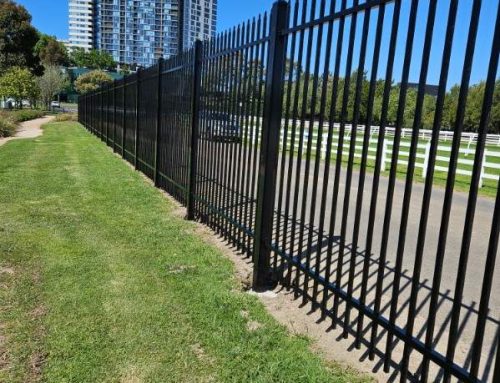In recent years, composite fencing has gained popularity in Melbourne. Many homeowners are turning to composite fencing instead of traditional timber fencing. Why? Good question. Before we answer it, let us focus on what composite fencing is.
Furthermore, in the below discussion, we will look at the benefits of timber fences and how to maintain them to make sure they will keep that pleasant aesthetic look for the years to come.
What is composite fencing?
Composite fencing is made of a mixture of plastic and natural wood, which is usually a recycled wood. That gives composite fencing panels natural timber look, yet, the strength and durability of the plastic.
A good example of composite fencing is Modwood fencing. Being made of a combination of plastic and recycled wood, it does not require staining, oiling and painting. It is also tested against harsh Australian weather conditions.

What are the benefits of composite fences?
Composite fences have many benefits.
- It is an eco-friendly fencing option in Melbourne. The plastic and wood used to make composite fences are typically recycled, meaning it is a greener option comparing to fencing styles that require new raw materials. Hence, if being environment-friendly is important to your lifestyle, you should consider the installation of a composite fence.
- Plastic in the composite material will make your fencing last longer compared to the natural timber fencing.
- The composite material does not splinter or rot, and is mould resistant. Additionally, termites do not eat composite fencing.
- Even though composite fencing contains plastic, it still has that natural-looking finish. Additionally, it comes in various colours, allowing you choose the one that suits your premises the best.
- It is easy to install. The material is lightweight and it is simple to slot the panels together.
- Lastly, it is a low-maintenance fencing type.
How to maintain composite fencing?
Composite fencing maintenance will depend on the stain you are trying to remove.
- If you are trying to remove dirt and mud that is on the surface of your fencing, you can use a broom to scratch it off gently. Be careful you don’t use too much force as you don’t want to leave any shiny spots on the surface. Further, take the soapy water and a soft brush and scrub carefully along the grain of the fencing board. Please use only a soft brush as hard brushes will damage the composite panels. Once the scrubbing is done, rinse the fence off with a garden hose.
- If it is the grease stain you are trying to remove, then know it is much easier to remove it from composite fences than timber fences. Composite fences are capped, meaning that an extra layer of plastic on the surface makes sure that the grease stays on the surface and does not penetrate the panel. Hence, all you need to do is to grab a soft brush with soapy water and clean it the way you would if you had the dirt or mud stain. At times, some more stubborn stains will remain on the surface. Thus, you will need a cleaner that can dissolve the grease.
- You will also need to be careful with the debris that has accumulated on your fence as this can promote mould growth. To avoid it, give your fencing a clean every six months or so. Remove leaves, twigs and pollen grains to maintain it.

Interested in the composite fencing in Melbourne?
Contact us today. Send us an email at info@diamondfence.com.au OR give us a call on (03) 9753 4566.
The easiest option, however, would be to use the online enquiry form that allows you to send through any questions.









